What to Check After Having a New Roof Installed
Wondering what to check after having a new roof installed? This checklist will guide you through essential checks to ensure your new roof is properly installed and free from issues.
Key Takeaways
- Inspect the overall roof appearance, including shingle patterns and integrated features, to ensure quality workmanship.
- Check flashing and sealants for signs of damage and proper application, as they are critical to preventing leaks.
- Verify proper attic ventilation to prevent moisture buildup and extend the lifespan of the roof.
Examine the Overall Roof Appearance
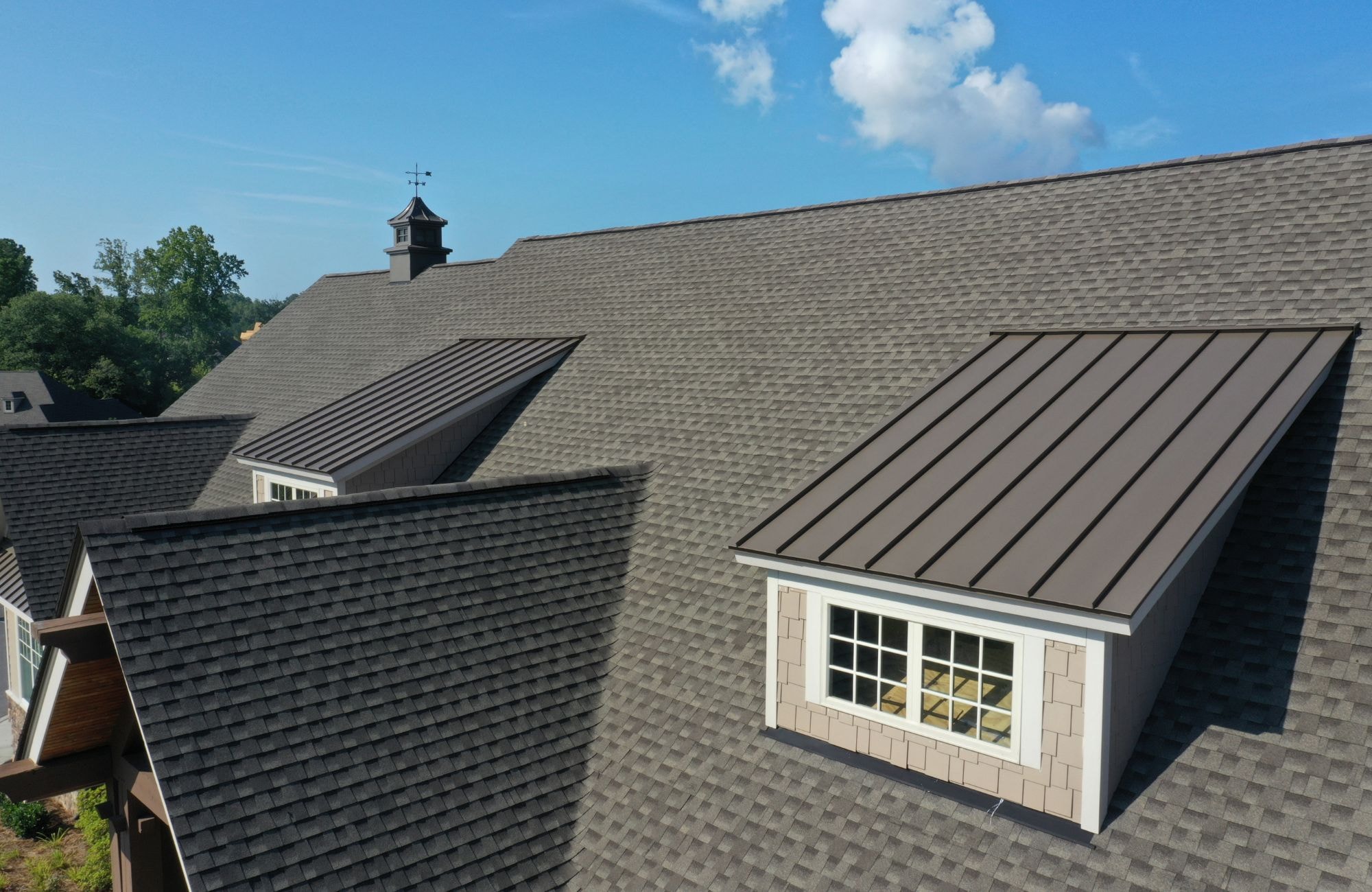
Start by assessing the overall appearance of your roof. This step goes beyond aesthetics, serving as a vital part of the inspection process. Inspectors focus on shingle placement, damage to fixtures, and the installation of accessories like fascia and flashing. Proper alignment and consistent color patterns in the shingles indicate quality workmanship.
Look for even shingle patterns and ensure that the color is consistent across the entire roof. Any irregularities might suggest that the shingles weren’t installed correctly, which could lead to future roof damage. Additionally, check that the skylights, chimneys, and other integrated features blend seamlessly with the roof’s overall appearance. These elements should not only look good but also function well to prevent leaks and other issues.
A professional roofer can identify any issues that may not be visible to homeowners. Roofing professionals can address any concerns promptly if you notice anything out of place.
Assessing the overall appearance of the roof ensures it meets quality standards and validates your investment.
Inspect Flashing and Sealants
Flashing and sealants play a critical role in protecting your roof from water intrusion. Properly installed flashing creates a barrier against water at junctions such as chimneys and vents. Check for signs of rust, cracks, or missing flashing pieces that could lead to water leaks during your inspection. Water pooling around these areas is a clear indicator of a potential failure in the flashing or sealant integrity.
Sealants should be flexible to accommodate movement and adhere well to roofing materials to avoid leaks. Ensure chimneys and vents are properly fitted and that sealants are correctly applied to prevent future issues. Improper application can lead to significant roof damage over time.
Professional roofers evaluate factors like shingle alignment and sealant application during inspections. If you find issues with flashing or sealants, contact your roofing contractor immediately. Regular inspections and maintenance can prevent costly repairs and extend your roof’s lifespan.
Verify Proper Ventilation
Proper ventilation prevents heat buildup and moisture, extending the lifespan of shingles and avoiding mold growth. Effective attic ventilation combines intake vents at lower levels and exhaust vents at the highest point to maintain air circulation. Building codes usually require one square foot of vent space for every 300 square feet of attic space.
Improper ventilation can increase energy costs due to ineffective insulation and excessive heat in living areas. If your attic temperatures are extreme after the roof installation, it may be a sign that ventilation was not installed correctly. In such cases, verify with your roofing contractor to ensure everything is up to code and functioning correctly.
Proper installation is essential for maintaining a comfortable and energy-efficient home.
Check for Leftover Debris and Cleanup
A thorough cleanup prevents safety hazards and protects the integrity of your new roof. After the roofing project, perform a final inspection to ensure no leftover debris is left behind. Furthermore, the cleanup process involves thoroughly removing debris, tools, and materials, ensuring the landscaping remains intact. Nails and other debris are often found scattered around the yard, driveway, and flower beds.
Leftover roof nails can cause injuries or puncture tires, so ensure all debris is cleared. Magnetic tools are recommended to recover nails and ensure a safe environment after the roofing project. If unsatisfied with the initial cleanup, request a secondary sweep for nails and other debris. Ensure cleanup duties are detailed in the roofing contract for thorough post-project cleaning.
Proper cleanup maintains safety and protects your investment. A clean yard and home exterior reflect the quality of the roofing team’s work and provide peace of mind.
Review Attic Space for Signs of Moisture
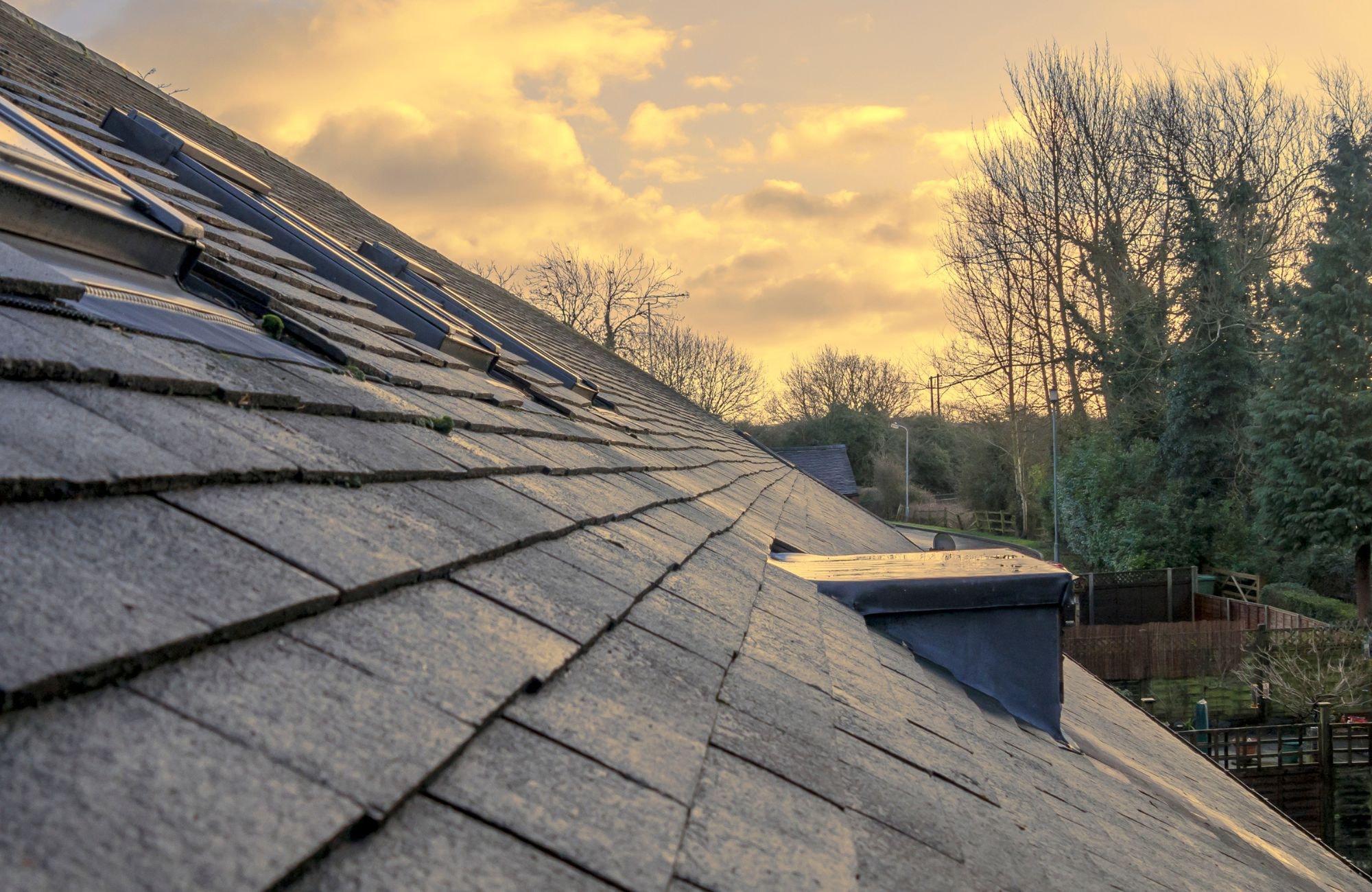
Checking the attic space for signs of moisture is a crucial post-installation step. Moisture accumulation in the attic can lead to mold growth, affecting air quality and causing significant roof damage. Signs of inadequate attic ventilation include high energy bills, moisture damage, and mold growth. Water stains on rafters or the ceiling indicate potential leaks that need addressing.
Check attic insulation to ensure it remains dry and effective in regulating temperature. If you notice moist insulation or water stains, contact a roofing professional immediately to fix the issue. Proper attic ventilation reduces moisture levels and prevents mold issues, ensuring the long-term health of your roof and home.
Regular roof inspections, including the attic space, can identify and address issues before they become major problems. Maintaining a dry and well-ventilated attic is crucial for preserving the structural integrity of your roof and extending its lifespan.
Assess Roof Components
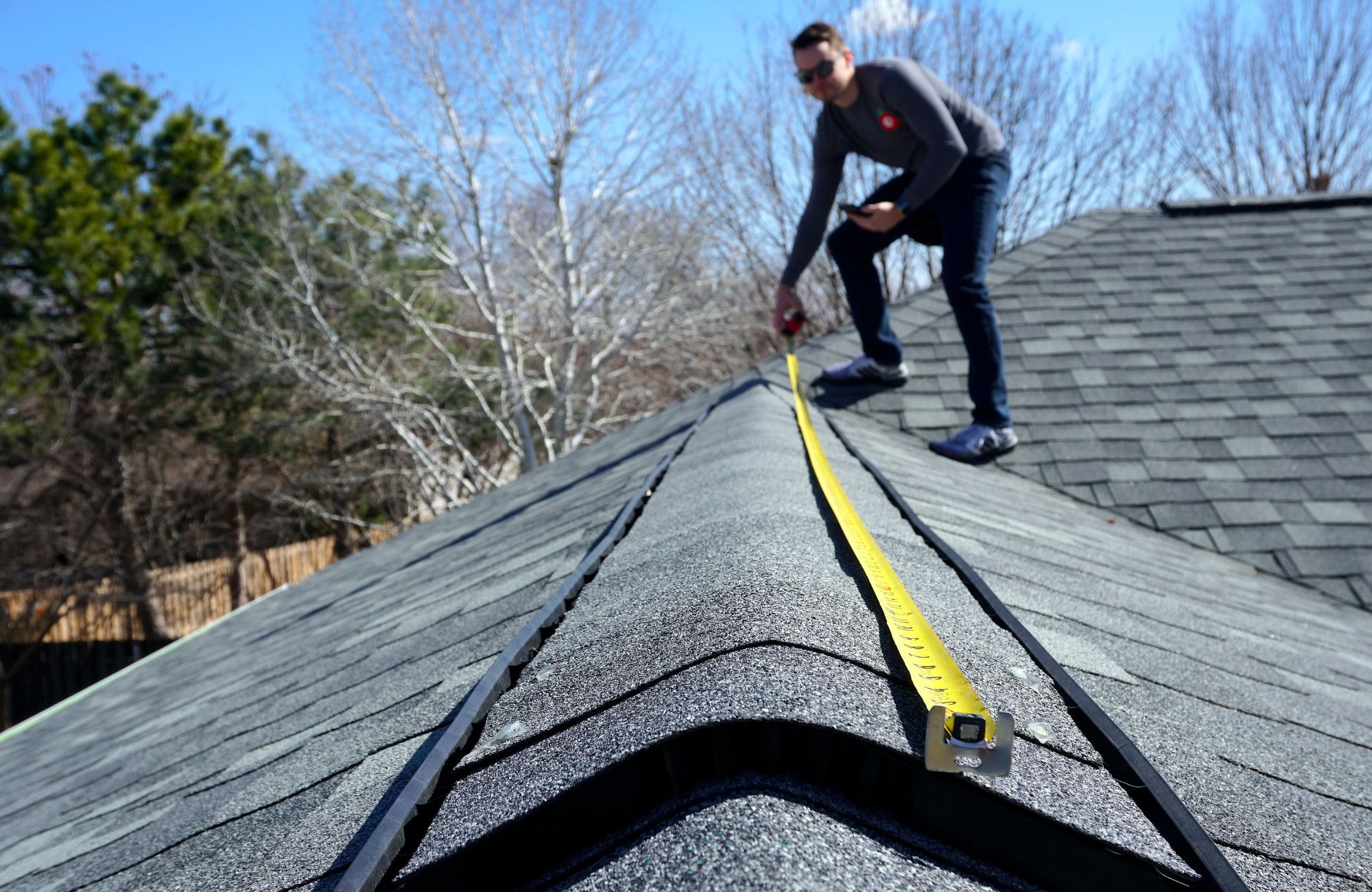
Assessing the various components of your roof ensures its overall integrity. Inspect the installation and condition of key roof components such as fascia, soffits, flashing, and chimneys. These components protect your roof from the elements and ensure it functions properly.
Ensure these components are free from visible damage that could compromise the roof’s integrity. Check fascia boards for water damage and pest infestations, as they support the roof’s edge. Soffits, located under the eaves, are crucial; damage in this area can lead to larger structural issues. Proper assessment of these components helps identify potential problems early, allowing for timely repairs and maintenance.
Professional roofers are experienced in evaluating these components during inspections. If you notice any issues, contact your roofing contractor promptly. Regular maintenance and inspections of roof components are vital for the long-term health of your roof and home.
Test for Structural Integrity: What to Check After Having a New Roof Installed
Testing for structural integrity is a crucial part of the roof inspection process. Roofers examine drip edges to ensure they are intact and properly directing water away from the roof structure. Inspecting soffits is crucial as they are located under the eaves, and damage here can lead to larger structural issues. Fascia boards are checked for water damage and pest infestations, as they support the roof’s edge.
Gutters are inspected for blockages, leaks, and structural integrity to prevent water pooling on the roof. Ensure supports are secure and free of moisture. Visible dips or curves in the roofline may indicate structural problems. Improper installation of roofing components can result in premature sagging, compromising the roof’s structural integrity.
Regular inspections and maintenance are essential to protect your roof’s structural integrity. If you notice signs of structural issues, contact your roofing contractor immediately to address them. These steps help ensure the longevity and durability of your roof.
Understand Warranty Details
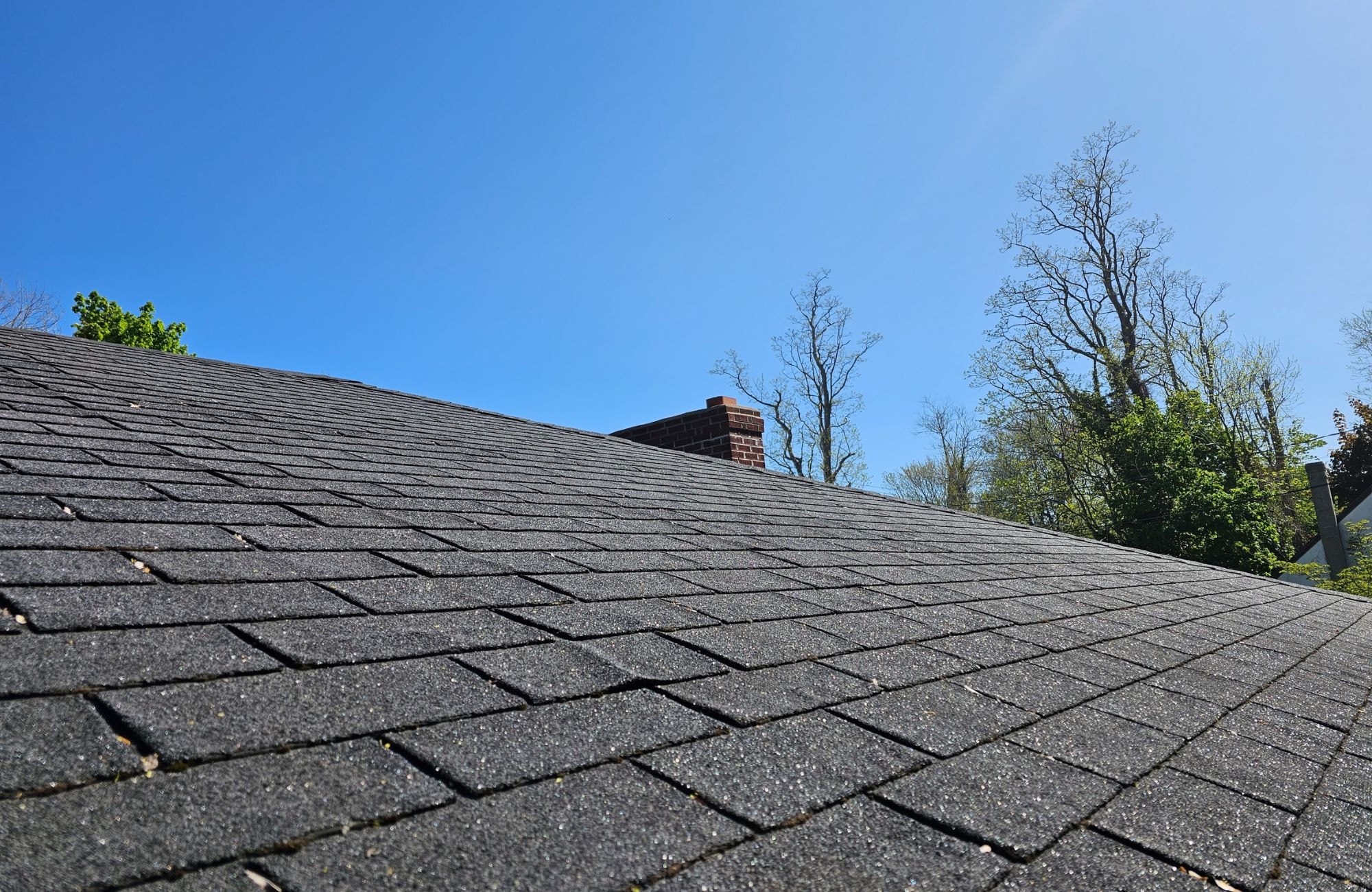
Before making the final payment for your brand new roof, review the warranty details provided by the roofing company. Understand the terms and responsibilities outlined in the warranty for both the contractor and the homeowner. A well-understood warranty can save you from unexpected costs and provide peace of mind.
Check the coverage for materials and workmanship, as well as any conditions that may void the warranty. Understanding the warranty details ensures you know what is covered and for how long, protecting your investment and ensuring high-quality roofing services.
American Home Contractors Provides Expert Roofing Services in Morris County NJ
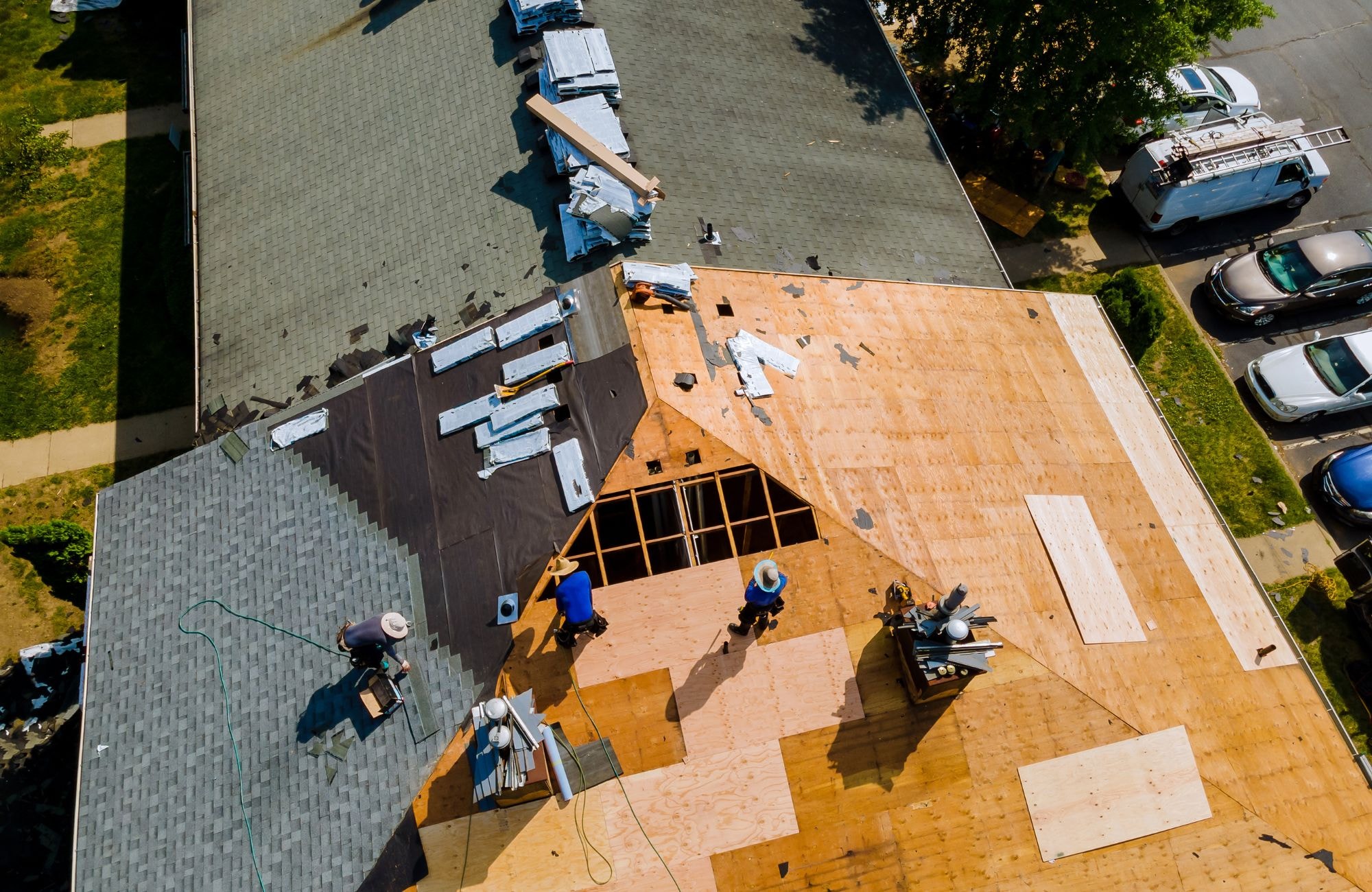
American Home Contractors offers a variety of home improvement services, including:
Recognized as a full-service roofing contractor, we are located in Florham Park, NJ, and serve various areas in Morris County.
The company is a GAF Master Elite roofing contractor, a designation held by only 2% of roofing contractors nationwide. We specialize in a full range of roofing services, including replacements, repairs, and inspections, tailored to homeowners’ needs. American Home Contractors offers comprehensive warranty options to protect customer investments.
Their roof inspections evaluate leaks, loose shingles, and the integrity of vents to maintain effective roofing performance. For high-quality roofing services and roof replacement, American Home Contractors is a reliable choice for your project.
Summary: What to Check After Having a New Roof Installed
In conclusion, conducting a thorough post-installation checklist is essential to ensure the longevity and performance of your new roof. From examining the overall appearance to understanding your warranty, each step plays a crucial role in maintaining the health of your roof. Regular inspections and timely maintenance can prevent costly repairs and extend the life of your roof.
By following the checklist outlined in this blog, you can rest assured that your roofing project was completed to the highest standards. Take action today to protect your investment and enjoy the peace of mind that comes with a well-maintained roof.
Frequently Asked Questions: What to Check After Having a New Roof Installed
Why is it important to examine the overall appearance of my new roof?
Examining the overall appearance of your new roof is crucial as it ensures proper installation and adherence to quality standards. This inspection can reveal visible issues that might signal underlying problems, allowing for timely intervention.
What should I look for when inspecting flashing and sealants?
Ensure the flashing is free from rust, cracks, or missing sections, and verify that the sealants remain flexible and adhere properly to the roofing materials for optimal leak prevention.
How can I verify proper ventilation in my attic?
To verify proper ventilation in your attic, check that there are adequate intake vents near the eaves and exhaust vents at the ridge. This setup should comply with building codes and successfully manage heat and moisture levels.
What are the signs of moisture in the attic?
The signs of moisture in the attic include water stains on rafters or ceilings, damp insulation, and mold growth, which suggest potential leaks or inadequate ventilation. Addressing these issues promptly is crucial to prevent further damage.
Why is understanding warranty details important before making the final payment?
Understanding warranty details is crucial as it safeguards your investment by clearly outlining coverage and duration, allowing you to address any potential issues without unforeseen expenses.